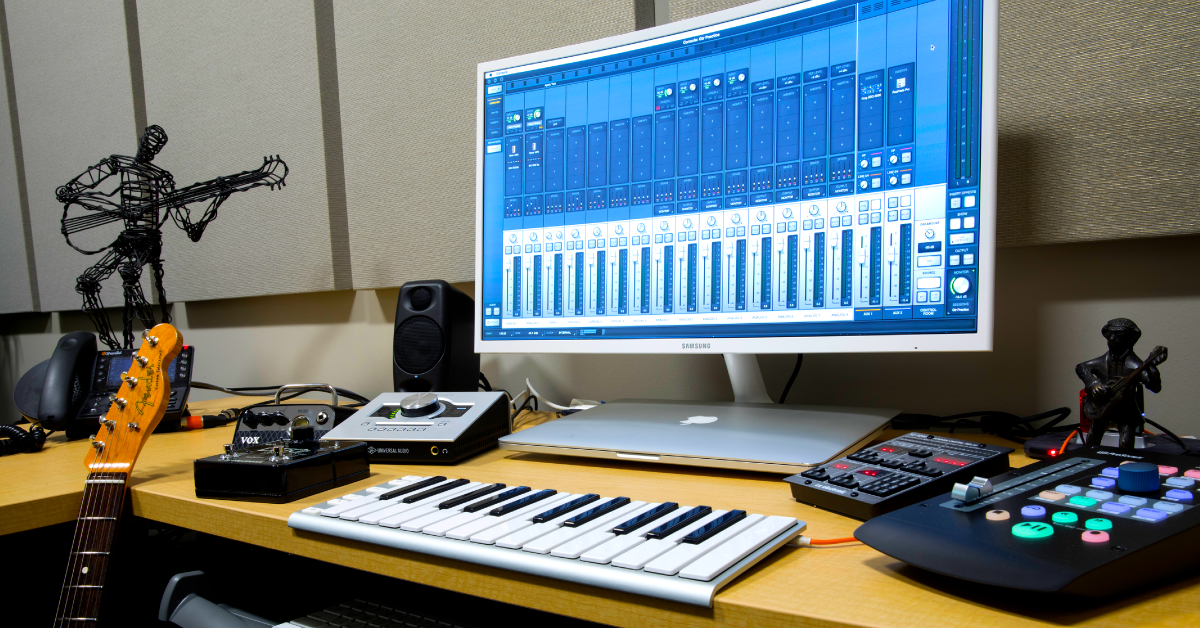Creating a high-performance audio PC studio begins with a solid foundation your central processing unit CPU. A powerful multi-core processor ensures smooth multitasking and efficient handling of demanding digital audio workstations DAWs. In music production, CPU performance is crucial for running multiple virtual instruments, plugins, and effects simultaneously. Investing in a high-speed processor reduces latency and prevents system slowdowns, allowing you to focus on creativity without interruptions or crashes during intensive sessions. Equally important is a high-capacity and fast memory configuration. At least 16GB of RAM is recommended for most producers, while 32GB or more provides ample room for larger projects involving orchestral compositions, audio editing, or high track counts. Memory allows for faster loading times and seamless performance when switching between DAW sessions or working with memory-hungry sample libraries. Sufficient RAM ensures that your creative flow remains uninterrupted, especially when managing layered tracks and complex arrangements.

Storage is another critical aspect. SSDs drastically reduce load times for your software and plugins, while a dedicated drive for your project files helps maintain organization and enhance data security. For long-term performance, it is wise to implement a backup system, such as an external drive or network storage, to protect your valuable work. Audio quality in your production setup hinges on the sound interface. Choosing a high-quality Audio PC interface ensures clear signal conversion and low-latency monitoring, both of which are essential for accurate recording and mixing. Consider the number of inputs and outputs you will need for microphones, instruments, and monitors. Having a dedicated audio interface also offloads processing from your internal sound card, freeing up resources for more efficient DAW performance.
A well-chosen set of studio monitors and headphones completes your monitoring setup. Accurate speakers and headphones allow you to hear your music clearly, identifying tonal imbalances and mix issues. Flat-frequency response is crucial for critical listening and ensures that your mix translates well across other playback systems. Investing in proper acoustic treatment for your space will further improve sound clarity and reduce unwanted reflections. Optimizing your workspace with ergonomic furniture, multiple monitors, and cable management contributes to a productive and comfortable environment. An organized studio layout reduces physical strain and increases efficiency when navigating between software, hardware, and instruments. With the right setup in place, you can streamline your workflow, enhance your focus, and bring your creative vision to life with greater precision and ease.
